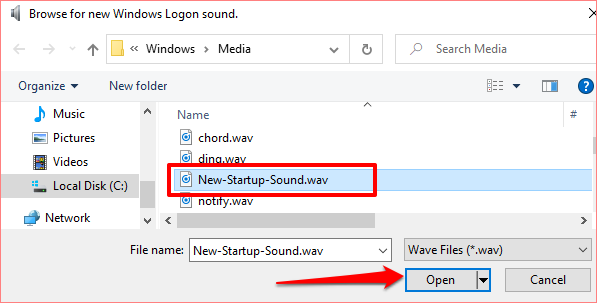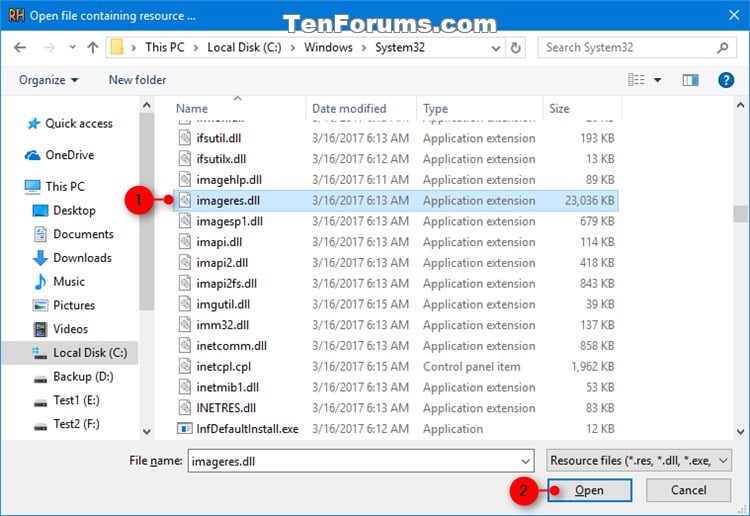
Note: The Local Group Policy Editor is only available in the Pro, Enterprise and Education editions in Windows 10. Method 2: Using Local Group Policy Editor The next time you switch on your Windows 10 computer, it will play your familiar startup sound. Now click on ‘Apply’ or ‘OK’ for your change to take effect. In the Sound Settings menu, select the checkbox next to ‘Play Windows Startup Sound’.Right-click or press and hold the ‘Volume’ icon on the bottom-right corner of your Windows Taskbar.Note: I am using Windows 10 for this demo, but the methods detailed below will work in Windows 7 and Windows 8/8.1 as well. So without further delay, let’s check out the three ways to enable or disable Windows startup sound in Windows 10. The third one, meanwhile, will require you to edit the Windows Registry (Regedit). While the first method is the easiest one (via Sound Settings) and can be done in a few simple clicks, the second one is through the Local Group Policy Editor. In this tutorial, we will show you three distinct ways to enable startup sound in Windows 10. So today, we will show you how you can enable/disable the Windows 10 startup sound in three simple ways.Į nable/Disable Startup Sound in Windows 10 However, the startup sound no longer plays by default in Windows 10, although, you can still enable it in a few simple clicks. The app has been superseded by Winaero Tweaker, which is an updated version.For many, the Windows startup chime brings back lots of fond memories from their childhood, when their Windows XP or Windows 7 machines used to play a distinctive sound every time the machine was switched on. So you will need to convert your MP3 to WAV for use. One of the main limitations is that it only plays WAV files. Just run the downloaded files each time you want to make any changes. The program is easy to use and it doesn't even need to be installed. It’s a must-have program for Windows users that want to personalise their system sound. Startup Sound Changer is an excellent customisation tool. To activate the start sound, type ‘Sound’ in the start bar, and select ‘ Change System Sounds’ and tick the box to enable sound.

Windows 10 does have a startup sound, but it’s usually off by default. Why does Windows 10 have no startup sound?

And lastly, the Restore Default Sound feature let you restore the sound to the default. The Replace Startup Sound feature let you replace the system sound with a new one. One of them is the Play Current Sound feature, which let you listen to your current sound. With this program, you can set your startup sound to any audio file, and this is what will play when your system boots up. The personalisation app is pretty simple to use, so you’ll find it easy to navigate through the app. As mentioned, Startup Sound Changer is among the third-party app that you can use to customise your default startup system tone.


 0 kommentar(er)
0 kommentar(er)
